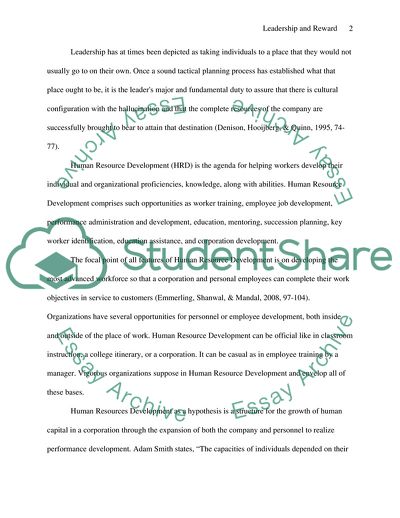Cite this document
(Leadership and Reward Coursework Example | Topics and Well Written Essays - 2000 words, n.d.)
Leadership and Reward Coursework Example | Topics and Well Written Essays - 2000 words. Retrieved from https://studentshare.org/human-resources/1778923-leadership-and-reward
Leadership and Reward Coursework Example | Topics and Well Written Essays - 2000 words. Retrieved from https://studentshare.org/human-resources/1778923-leadership-and-reward
(Leadership and Reward Coursework Example | Topics and Well Written Essays - 2000 Words)
Leadership and Reward Coursework Example | Topics and Well Written Essays - 2000 Words. https://studentshare.org/human-resources/1778923-leadership-and-reward.
Leadership and Reward Coursework Example | Topics and Well Written Essays - 2000 Words. https://studentshare.org/human-resources/1778923-leadership-and-reward.
“Leadership and Reward Coursework Example | Topics and Well Written Essays - 2000 Words”. https://studentshare.org/human-resources/1778923-leadership-and-reward.


